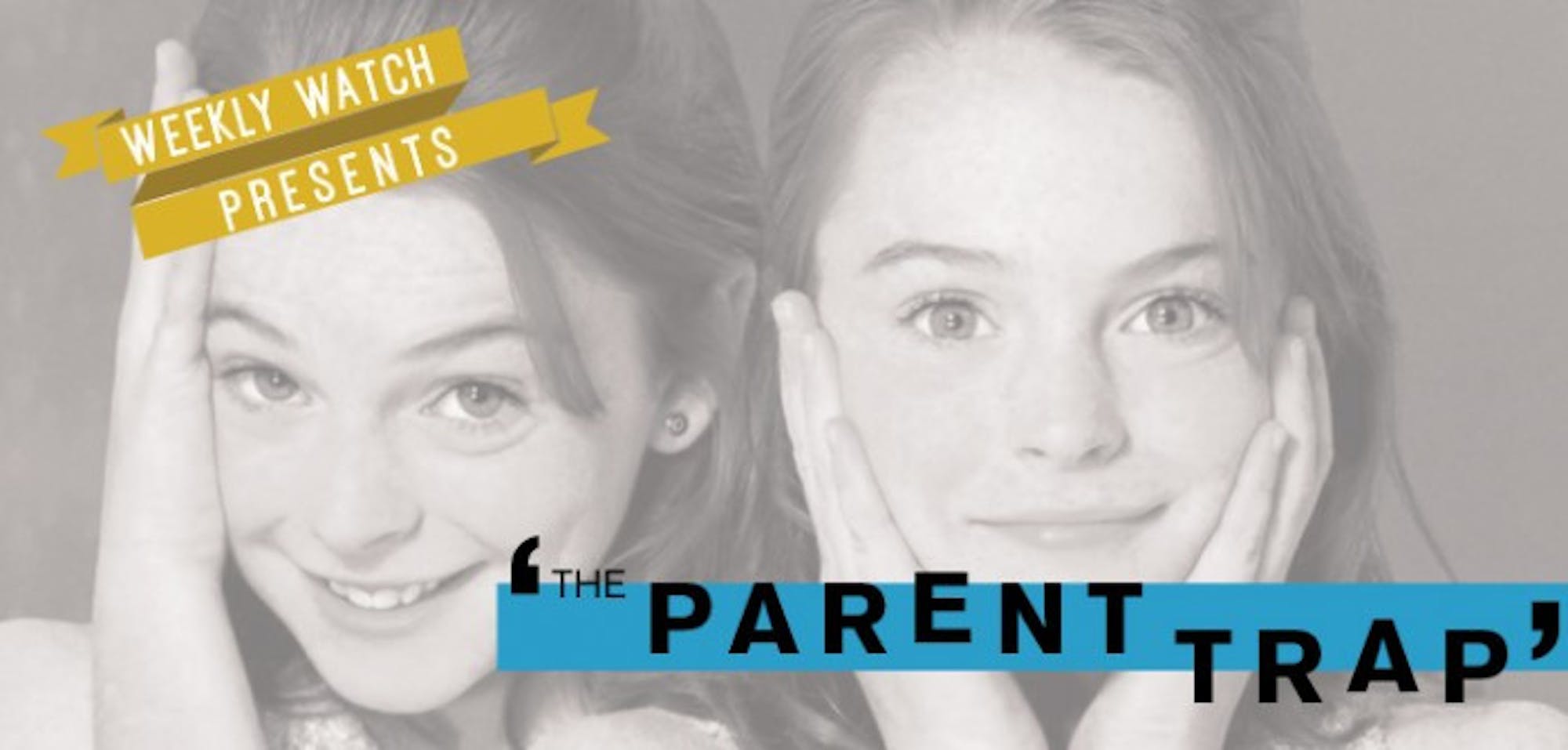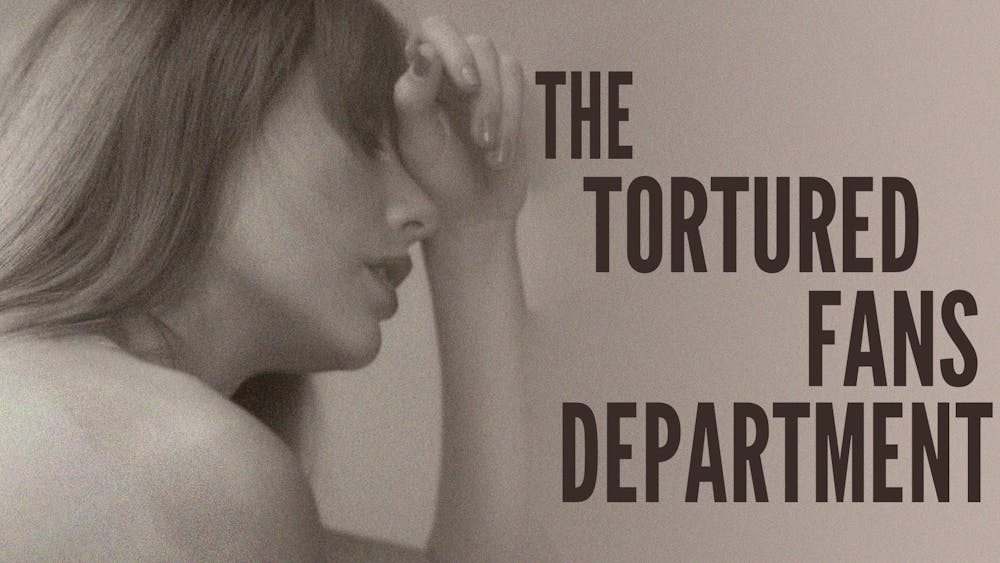
This means that as Lohan made her theatrical debut in England, her big-screen debut was just a click of a button away stateside, and while critics are abuzz about the David Mamet play and Lohan’s comeback, I’m here to instead take a look at her very first film.
In my first installment of this “Weekly Watch,” I claimed that “The Parent Trap” was criminally underrated, and for that I received a lot of skeptical looks and claims that I was looking back on the 1998 film through the nostalgic, Mickey Mouse-shaped glasses.
But in watching the film again, I can’t help but insist that “The Parent Trap” is something special. While nostalgia undoubtedly bleeds into my argument, I stand by the idea that the film outshines almost all other movies of my childhood and decades of Disney films, including the original 1961 “Parent Trap.”
“The Parent Trap” persists as an exceptionally well-made family film for two distinct reasons: its dynamic structure, which keeps a firm grip on its audience’s attention, and its writing, which smartly straddles generational lines in a way unseen in most family comedies.
While difficult to notice in the midst of watching the entertaining antics of 11-year-old twin Lindsay Lohans, “The Parent Trap” actually moves impressively through time and space in four very distinct acts. Each act has its own personality, and each lies down the foundation for the next, making a wildly fast-paced and absurd story seemingly seamless.
If “The Parent Trap” were to title these acts, the first would be “The Meeting: Twins at Camp.” The camp portion of the movie, where the separated-at-birth twins coincidently both attend, functions as the meeting point for the girls, but it also is by far the most fun of the four acts. With parents away, the kids get to play, and Lindsay Lohan shines as both of her characters, Hallie and Annie, are established. The twins are shown as distinctly different, but share a competitive streak, allowing for fantastic camp antics. From the poker match to prank wars, the camp portion could be a movie all by itself.
Instead, the film moves to Act II, “The Swap: Twins at Home,” in which we get a look at each of the twins’ home lives. As the two secretly switch places, the film takes a turn from young and fun to family-oriented and a little sentimental. The scenes in which the twins get to know the parent they never met before are beautiful, with the film’s score and soundtrack and plenty of montages working their magic to create an image of a perfect — albeit still fragmented — family. Of course, the villain is introduced and conflict established here as the twins’ father announces his plan to marry a very young, very mean gold digger.
Act III then brings tension to a head, and the twins reveal that they’ve switched places in an effort to get their parents to reunite. Here comes into play my argument that the film intelligently entertains both adults and children in a unique way. Instead of creating a strictly age-appropriate comedy for children and peppering in jokes for adults that go over the heads of a kid-audience, “The Parent Trap” unabashedly writes for adults and children at the same time. Rather than code-switch or create double-entendres for multiple generations, the writing is sincere and unapologetic in its (sometimes very adult) humor.
For example, the twins’ mother, played by Natasha Richardson, smokes a cigarette while packing a bag to see her ex-husband. Clearly distraught, she gets drunk on the plane ride to the rendezvous and nurses a hangover in the hotel lobby. Meanwhile, one of the twins quips “You talking to me?” to her evil (future) stepmother, who responds with “Who are you, Robert De Niro?”
The film is peppered with smart jokes and silly scenarios that truly entertain rather than patronize its audience. This is continued through the final act of the film, as the girls scare away their villainous stepmother-to-be and get their parents back together after all. The end of the film also features serious conversations between the twins’ parents, emotional moments and meaningful dialogue that expertly blend the romantic-comedy and family genres to enhance the film. And, of course, children and adults alike get a happy ending.
“The Parent Trap” keeps its audience on its feet, but the dynamic movie doesn’t simply jump around to pander to a young and short-attention-spanned audience and their parent chaperones. By staying smart and sincere, “The Parent Trap” avoids the pitfalls and clichés of most family films, and — paradoxically — becomes fun for the whole family.













